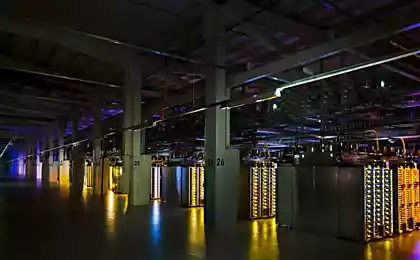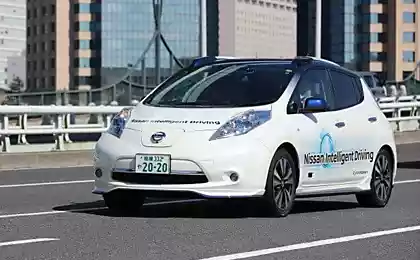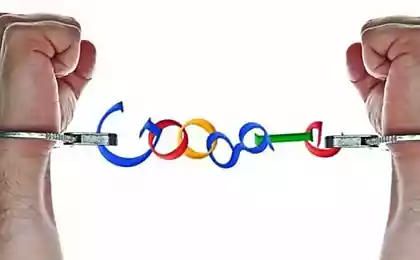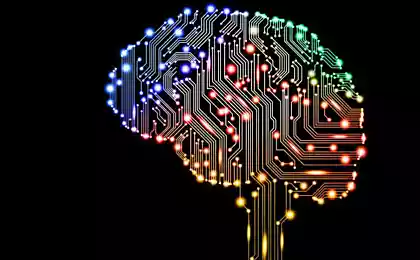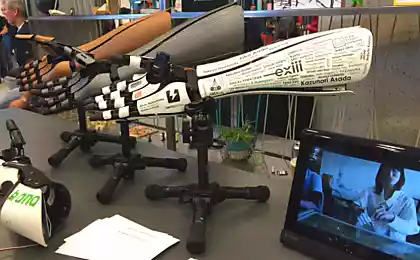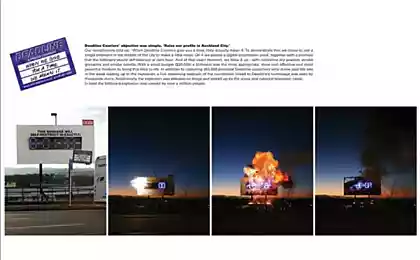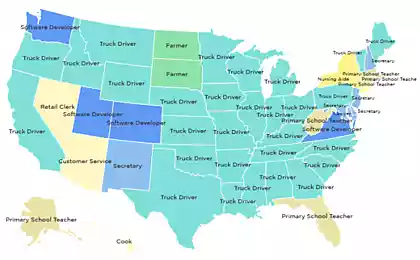1334
Hyundai has shown in the advertisement columns of the movement of several cars without drivers
Google, and developing and promoting unmanned vehicles, goes for broke and demonstrates fully autonomous machines that do not even have a wheel and pedals. Traditional automakers, who have something to lose, suitable for the introduction of automation gradually - year after year, added more new elements. Machinery last years of release already know how to park yourself, move in traffic, stick to the set speed and lane on the road - in fact from a fully autonomous driving them away, only one (but most difficult to implement) step: active maneuvering in city traffic.
Hyundai has recently released a promotional video showing the capabilities sedan Genesis. Their autopilot almost completely automates the movement on the highway. Unlike the prototype is 100% autonomous vehicles, this production machines, which will go on sale in 2015.
The video shows the work at once three automation systems. The first of these - Advanced Smart Cruise Control (ASCC), which adjusts the speed to the speed of movement going in front of the machine, up to a complete stop and re-start. Second - Lane Keeping Assist System (LKAS), which ensures that the machine does not leave the lane. In production cars it at a speed above 70 km / h, for shooting video it has been modified so as not to turn off at all. Third - Automatic Emergency Braking (AEB), which automatically stops the machine if there is an obstacle in front of it, and the driver does not react to it.
According to analysts and automakers, "unmanned revolution" in the automotive industry will begin in the coming years. Thus, the company Nissan promises to introduce a standalone car to the mass market by 2020 - this is even more optimistic outlook than give Google (2025 ). According to experts from Cisco, which are engaged in the analysis of technology trends, 5-7 years unmanned vehicles become economically more profitable , than usual, despite their higher cost. This happens primarily due to the reduction of losses due to accidents and a concomitant decrease in insurance costs.
Source: habrahabr.ru/post/229281/
Hyundai has recently released a promotional video showing the capabilities sedan Genesis. Their autopilot almost completely automates the movement on the highway. Unlike the prototype is 100% autonomous vehicles, this production machines, which will go on sale in 2015.
The video shows the work at once three automation systems. The first of these - Advanced Smart Cruise Control (ASCC), which adjusts the speed to the speed of movement going in front of the machine, up to a complete stop and re-start. Second - Lane Keeping Assist System (LKAS), which ensures that the machine does not leave the lane. In production cars it at a speed above 70 km / h, for shooting video it has been modified so as not to turn off at all. Third - Automatic Emergency Braking (AEB), which automatically stops the machine if there is an obstacle in front of it, and the driver does not react to it.
According to analysts and automakers, "unmanned revolution" in the automotive industry will begin in the coming years. Thus, the company Nissan promises to introduce a standalone car to the mass market by 2020 - this is even more optimistic outlook than give Google (2025 ). According to experts from Cisco, which are engaged in the analysis of technology trends, 5-7 years unmanned vehicles become economically more profitable , than usual, despite their higher cost. This happens primarily due to the reduction of losses due to accidents and a concomitant decrease in insurance costs.
Source: habrahabr.ru/post/229281/




